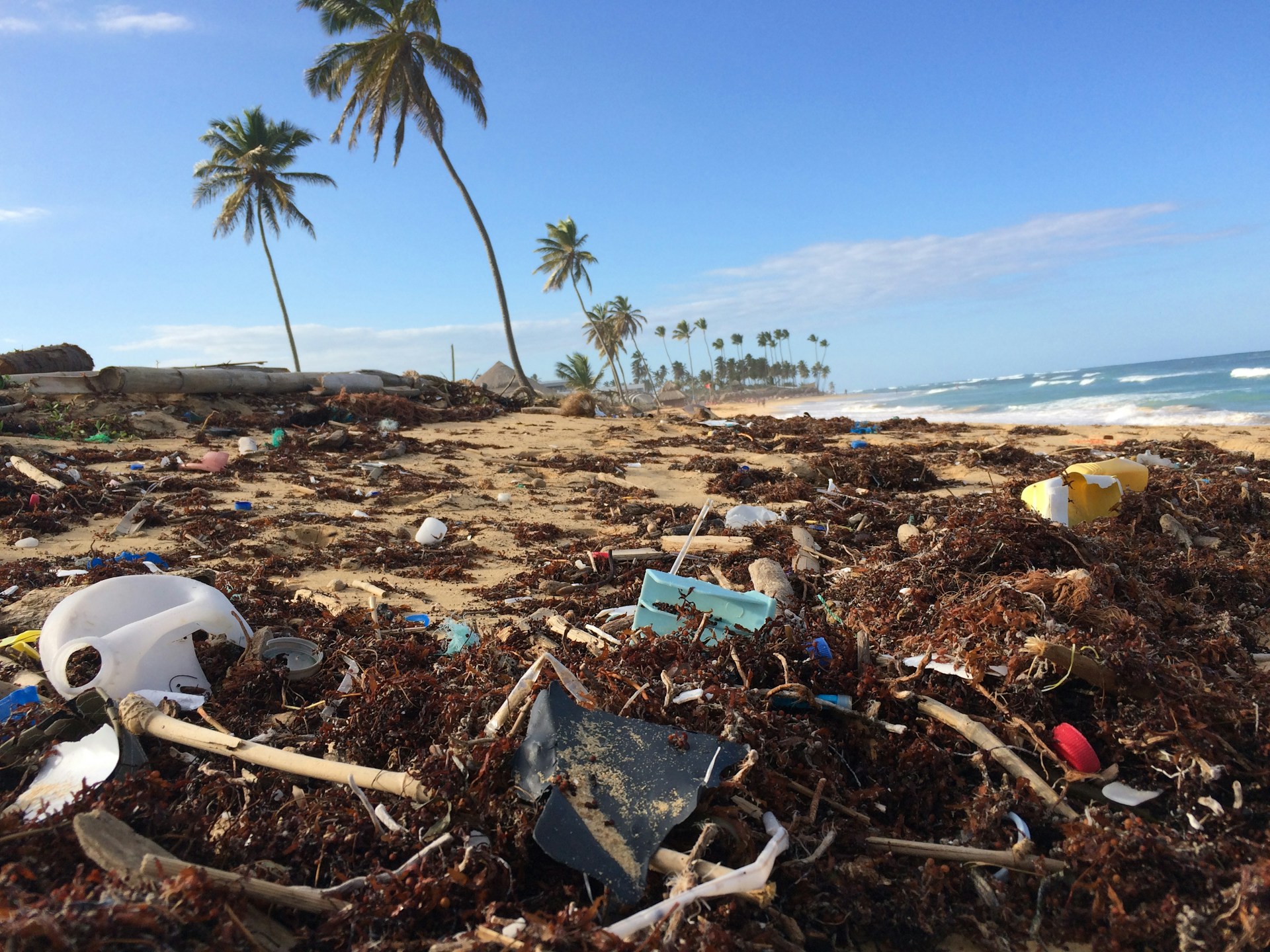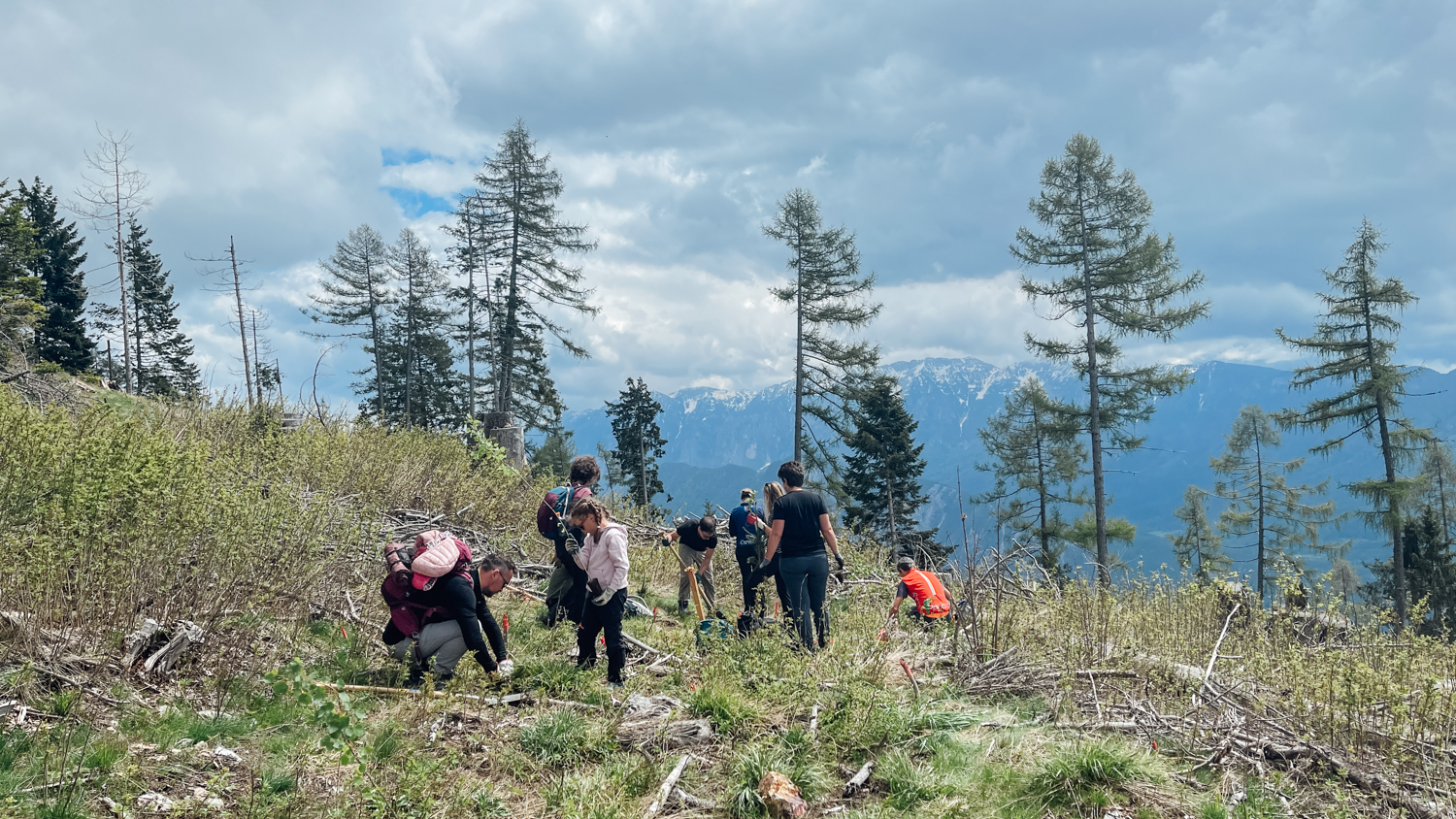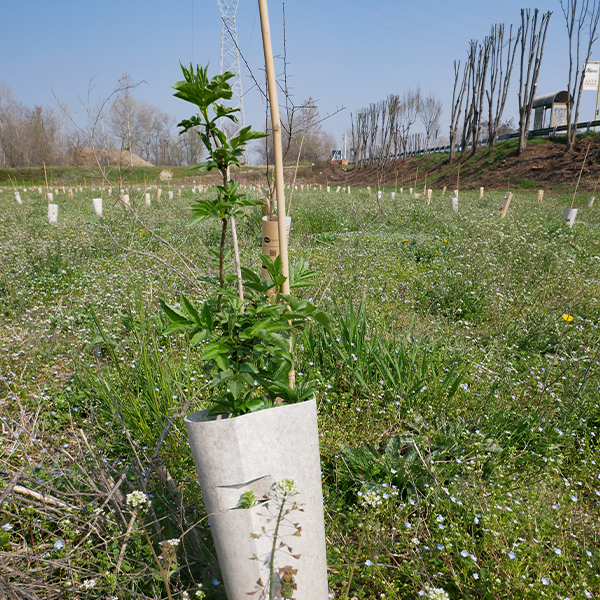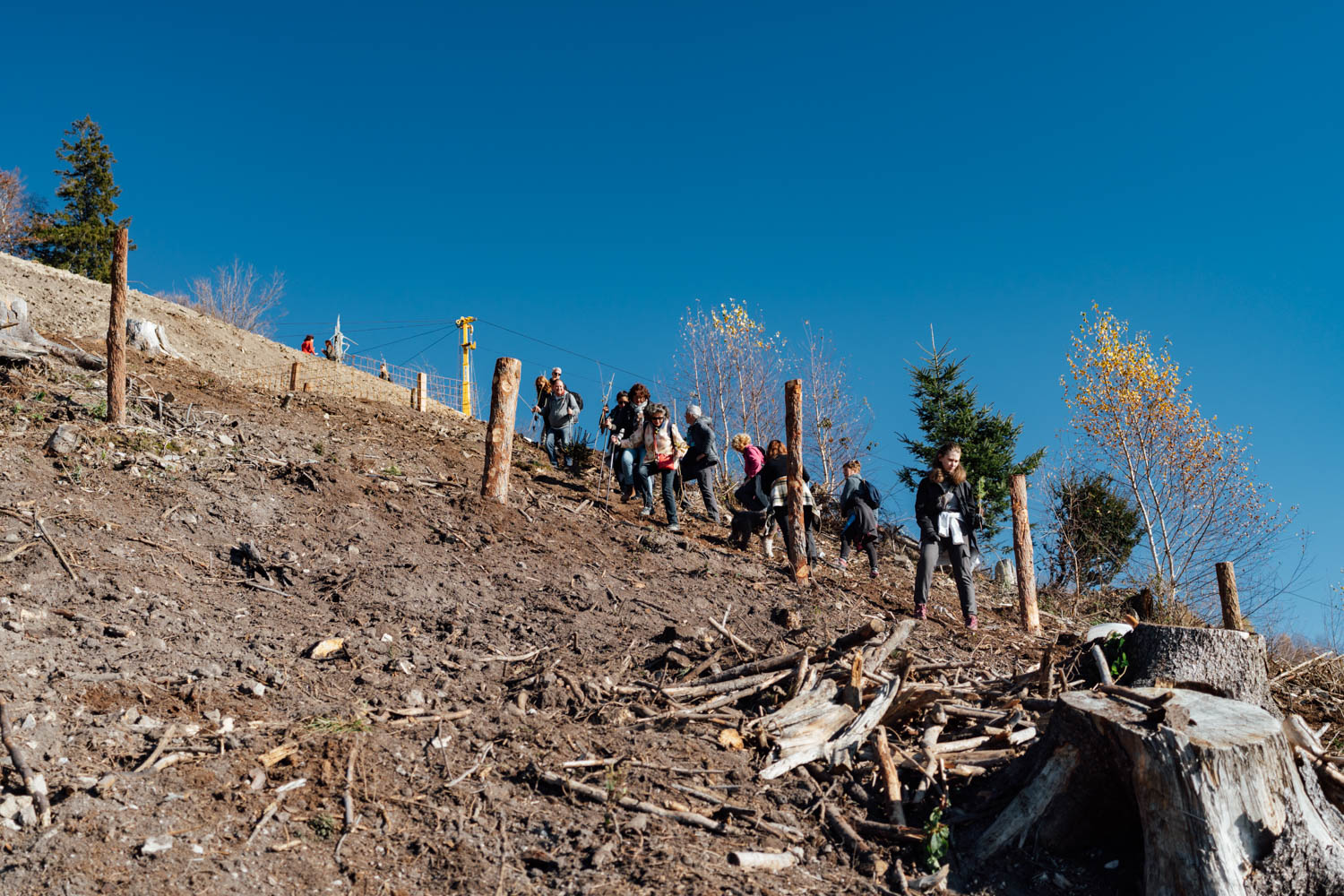
The Mediterranean: a hotspot for climate change

What does climate hotspot mean?
According to the IPCC, the Mediterranean basin is an area with high exposure and vulnerability to the effects of climate change. This means that global warming is progressing more rapidly here and its impacts are more severe than in other regions.
Studies show that:
– agriculture, fishing and tourism will be among the economic sectors most affected;
– coastal areas will suffer from sea level rise, erosion and flooding;
– the availability of fresh water for human consumption, irrigation and hydroelectric power production will decrease;
– the risk of desertification will increase and the number of forest fires could more than double;
– many protected areas rich in biodiversity are at risk of disappearing.
Extreme events are becoming more frequent and intense
Extreme events – such as heat waves, droughts and violent storms – are nothing new in climate history, but climate change is making them more frequent and intense.
A recent example is the drought of 2022, which dried up the Po River and, according to Coldiretti, caused damage to agriculture amounting to approximately €2 billion.
Heat waves, on the other hand, have a direct impact on health. In Europe, an estimated 60,000 deaths related to extreme temperatures occurred in 2022, 18,000 of which were in Italy alone.
In 2025, between 23 June and 2 July, 2,300 deaths attributable to extreme heat were recorded in 12 major European cities.
Over the last ten years, we have recorded the highest temperatures ever globally. However, according to a study by Mediterranean Experts on Climate Change, the situation in the Mediterranean is even more critical. Average regional warming will exceed the global average by 20% on an annual basis and by 50% in summer.
When heat triggers other disasters
Rising temperatures do not act alone; in fact, they can amplify other environmental problems.
A well-known example is Storm Vaia in 2018: winds of over 200 km/h devastated the forests of north-eastern Italy, mainly in the Dolomites. In the following years, hot, dry summers encouraged the proliferation of the bark beetle, an insect that further damaged the areas already affected.
What can we do? Mitigation and adaptation
To tackle climate change, we need to take action on two fronts.
1- Mitigation
Reducing greenhouse gas emissions by tackling the root cause of the problem. This means, for example, knowing your carbon footprint and making low-emission choices in your daily life.
2- Adaptation
Prepare for the impacts already underway by improving water management, reducing waste, increasing urban green spaces and designing cities that are more liveable during heat waves.
Defending our shared heritage
Protecting the Mediterranean region means safeguarding our economy, biodiversity and the quality of life of the people who live there.
The challenge is complex, but we can contribute by calling for concrete action from institutions, companies and administrations, and by supporting local environmental projects.
The Mediterranean climate hotspot: watch the full video
Want to understand better why the Mediterranean is a climate hotspot and how we can take action? Watch our video “The Mediterranean: climate change hotspot” on YouTube, where we analyse data and concrete examples to better understand what is happening and why it is so important to act now.
SHARE
Other posts



Updates from Bosco della Panarotta

Updates from Fontaniva Forest



